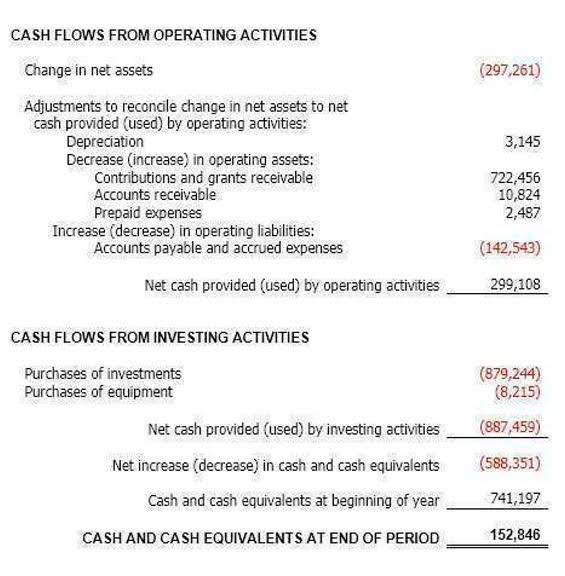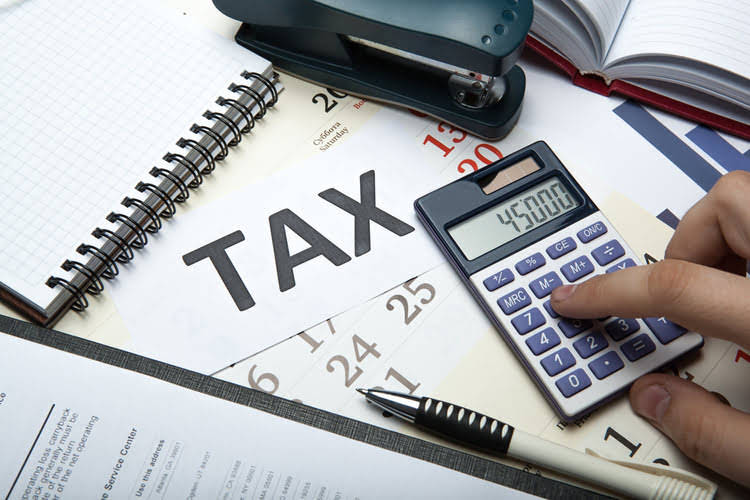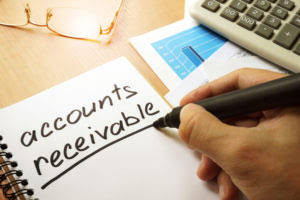How Do Intangible Assets Show on a Balance Sheet?

For example, accounts receivable and prepaid expenses are nonphysical, yet classified as current assets rather than intangible assets. Intangible assets are generally both nonphysical and noncurrent; they appear in a separate long-term section of the balance sheet entitled “Intangible assets”. They are opposed to physical assets, such as machinery and buildings. But, like all assets, they also create benefits for a business, and in today’s digital world, they are a large part of the corporate economy. Examples of intangible assets include goodwill, patents, software, etc. Intangible assets can provide a competitive advantage by distinguishing a business from its competitors, creating value for customers and even provide future economic benefits.

What are identifiable intangible assets?
As mentioned above, you need to record these items as intangible assets on your balance sheet. Provided such assets meet both the intangible assets definition and the recognition criteria. Furthermore, you do not amortize the intangible assets having indefinite useful life.
What Is Intangible Property? Types, Valuation, and Accounting Explained
Cross-border royalty payments may also face withholding taxes, influenced by tax treaties. Structuring royalty agreements and ensuring compliance with intangible assets do not include tax regulations is essential to maximizing revenue and minimizing risks. Free accounting tools and templates to help speed up and simplify workflows. However, you can determine the revalued amount of the asset only if there exists an active market for such an asset. In other words, you will come to know about the three criteria on the basis of which you would decide whether an asset is Intangible or not.
ACC 220 – Accounting for Small Business
Subsequently, you either charge the intangible as an expense or report it as an intangible asset on the asset side of the balance sheet. You must recognize Development cost as an intangible asset and capitalize the same over its useful life. Furthermore, your control over the future returns from an intangible asset originates from the legal rights. However, the legal enforceability of your right does not necessarily give you control over the asset. Furthermore, these are the resources that generate economic benefits for your business in the future. Thus, Intangible Assets are identifiable non-monetary assets that do not hold any physical substance.

In other words, you business must have the intent or the ability to generate, use, or sell the intangible asset. Furthermore, you should be able to showcase how such an asset will generate economic returns in the future for your business. Physical assets include tangible, physical, touchable things of value such as buildings, machinery, and hardware. Non-current assets are tangible assets that are not expected to be consumed or converted to cash within one year. The distinction between current and noncurrent assets has to do with the liquidity of the asset – meaning, how quickly can it turn into cash. A noncurrent asset typically means it can’t be converted to cash within a year.
- As seen above, the value of Coca Cola’s intangible assets has increased to $17,270m (2018) from $16,636m (2017).
- For example, routine ongoing efforts to refine, enrich, or improve the qualities of an existing product are not considered R&D activities.
- This is done to know if the conditions exist for these types of intangible assets to have an indefinite useful life.
- An asset is a resource controlled by an individual or company from which “future economic benefits are expected to flow”.
- Fixed assets are tangible assets with a lifespan of one year or more.
Patents
Invisible assets cannot be held, seen, or felt and they are often difficult to slap an accurate price tag on. Tangibles, meanwhile, usually have a physical form or at least a finite or recorded monetary value. In other words, goodwill is the amount the company paid for another company’s assets in excess of what they income statement would be worth individually. Brand equity is an intangible asset and refers to a value premium that a company generates from a recognized product instead of its generic equivalent. Companies create brand equity for their products through mass marketing campaigns. Common tangible assets include property, equipment, furniture, inventory, and vehicles.
This recipe is an intangible asset providing a competitive advantage and contributing to the restaurant chain’s profitability. The person or company obtaining rights to possess and use the property is the lessee. The accounting for a lease depends on whether it is a capital lease or an operating lease. The proper accounting for capital leases for both lessees and lessors has been an extremely difficult problem. We leave further discussion of capital leases for an intermediate accounting text. If the company believes that impairment may have taken place, an impairment review must be conducted.

- Goodwill, that is, the reputation and business connections of a company, are built slowly over many years.
- In other words, goodwill is the amount the company paid for another company’s assets in excess of what they would be worth individually.
- Firms may include only outright purchase costs in the acquisition cost of an intangible asset; the acquisition cost does not include the cost of internal development or self-creation of the asset.
- Another example could involve a famous restaurant chain known for its secret recipe.
- It involves comparing the asset’s carrying amount to its recoverable amount—the higher of fair value less disposal costs or value in use.
- Also, the amortization amount is shown in your Profit and Loss Statement.
- However, the assets with an indefinite useful life are not amortized.
This content is for general information purposes only, and should not be used as a substitute for consultation with professional advisors. Furthermore, you also need to recognize such an R&D Project as an intangible asset even if it consists of the Research Phase. Furthermore, the fair value of the intangible asset acquired under the Business Combination can be measured reliably. Intangible Assets can be classified based on the useful life of such assets.
- Furthermore, these are the resources that generate economic benefits for your business in the future.
- Andy Smith is a Certified Financial Planner (CFP®), licensed realtor and educator with over 35 years of diverse financial management experience.
- A company’s value may be greater than the total of the fair market value of its tangible and identifiable intangible assets.
- This exclusive right enables the owner to manufacture, sell, lease, or otherwise benefit from an invention for a limited period.
- They’re included on a company’s balance sheet as long-term assets and valued according to their price and amortization schedules.
If the carrying amount exceeds the recoverable amount, an impairment loss is recognized. As mentioned above, Amortization is typically charged as an expense. However, there are times when you use the economic returns generated Bookkeeping for Etsy Sellers from such an asset to produce other assets.








